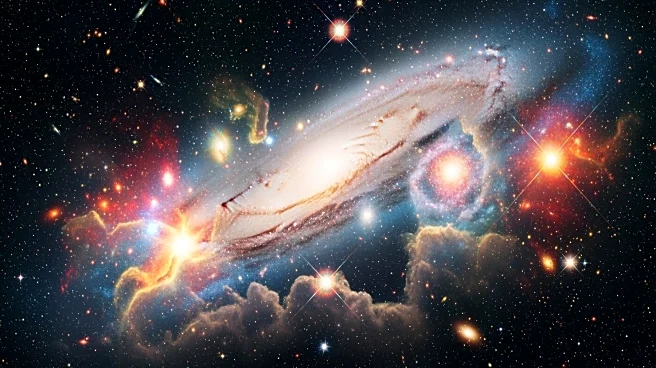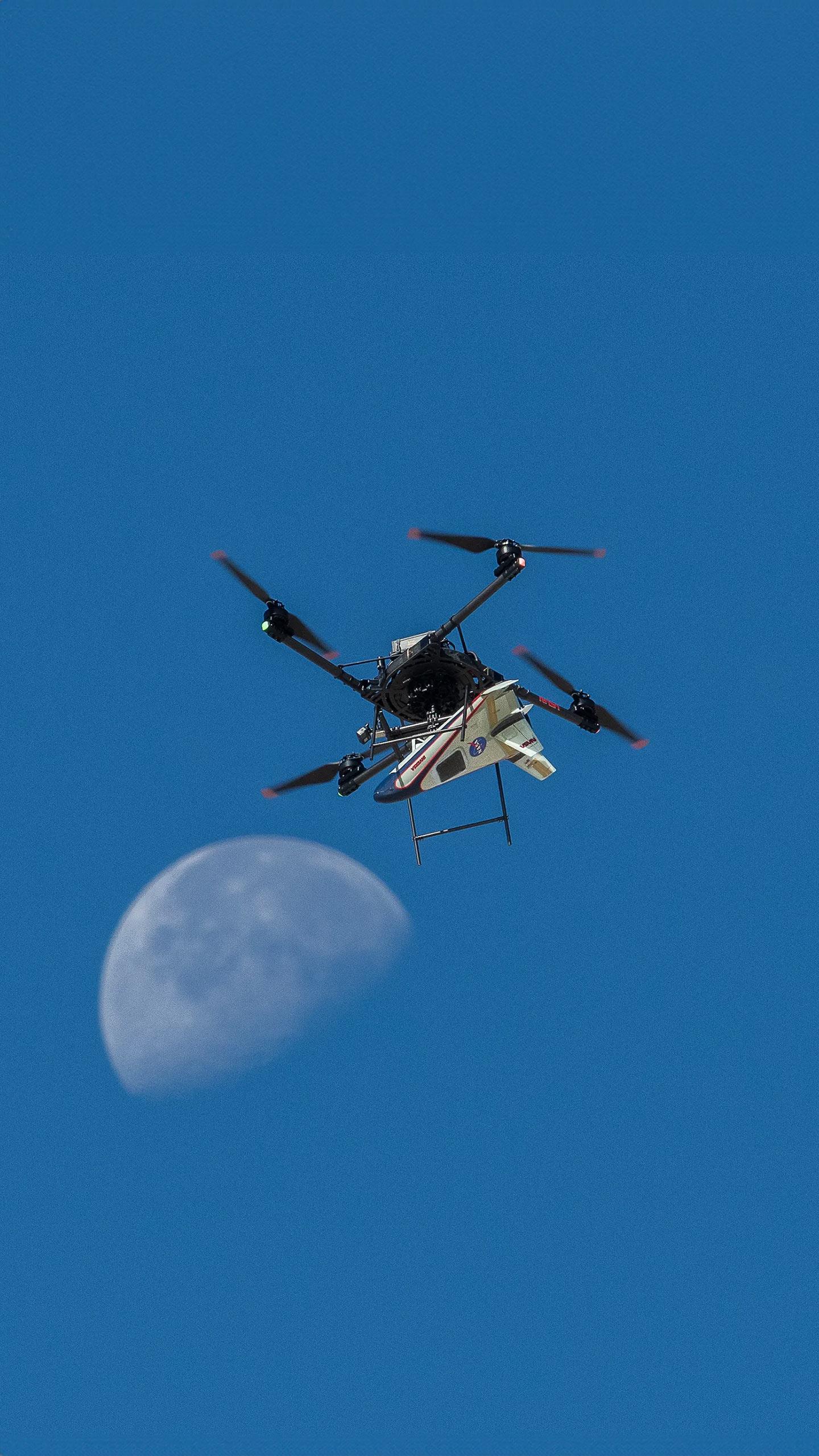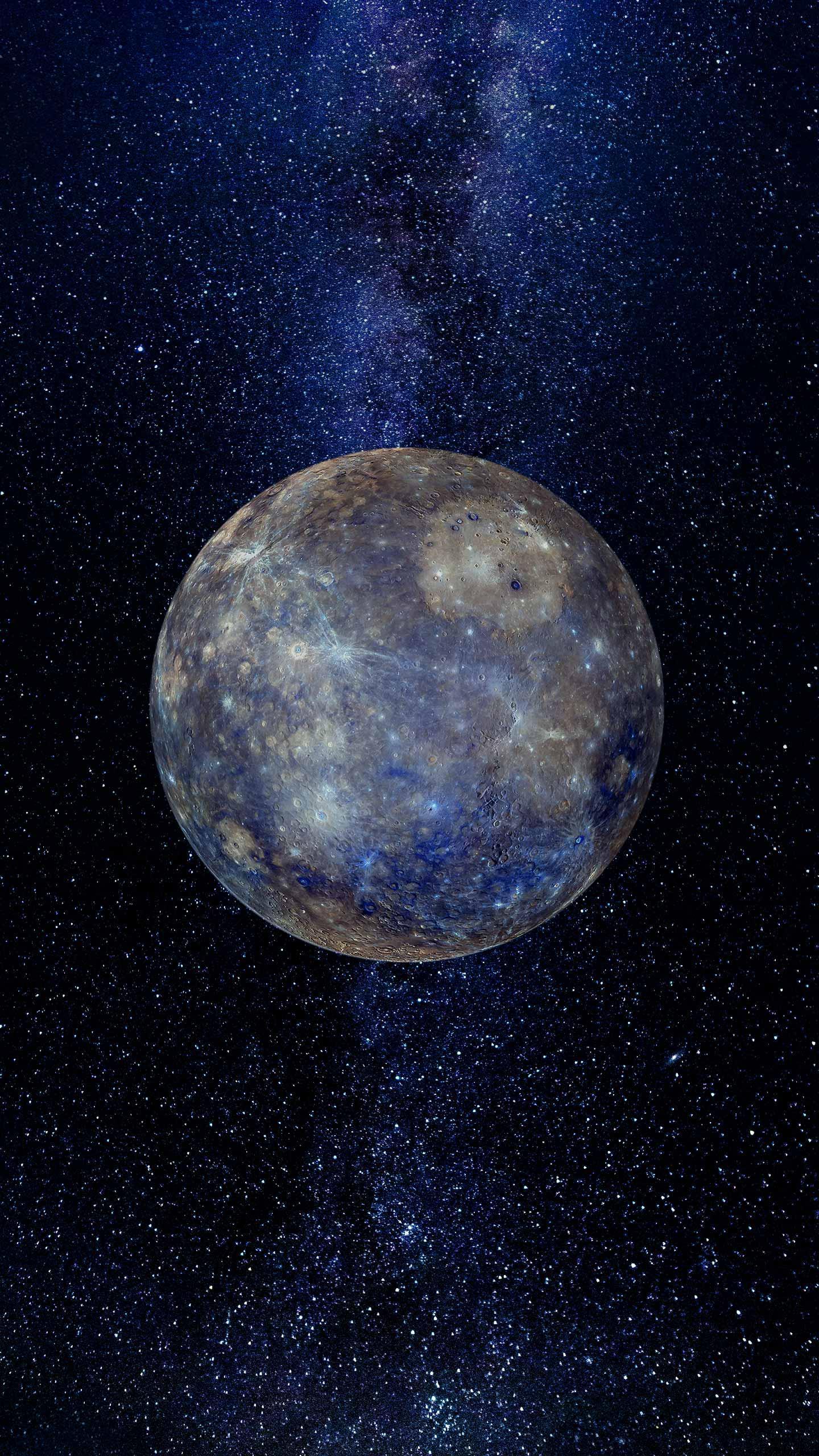What's Happening?
The Fireworks Galaxy, also known as NGC 6946, has been a focal point for astronomers due to its unusually high frequency of supernova events. Discovered by Sir William Herschel in 1798, this spiral galaxy
is located at the border of the Cepheus and Cygnus constellations. Over the past century, ten supernovae have been observed in this galaxy, with the most recent and brightest occurring in 2017, reaching a magnitude of 12.8. Despite its integrated magnitude of 9.6, the galaxy's low surface brightness and position near the Galactic plane make it challenging to observe without a telescope of at least 8 inches in aperture. The galaxy's bright core and multiple spiral arms become more apparent with larger telescopes, offering a spectacular view for astronomers.
Why It's Important?
The Fireworks Galaxy's frequent supernovae provide valuable opportunities for astronomers to study stellar explosions and their aftermath. These events contribute to our understanding of the life cycles of stars and the dynamics of galaxies. The galaxy's location and characteristics also make it a prime target for deep-sky observation, offering insights into the structure and evolution of spiral galaxies. The study of such phenomena can enhance our knowledge of cosmic events and the universe's history, potentially leading to new discoveries in astrophysics.











